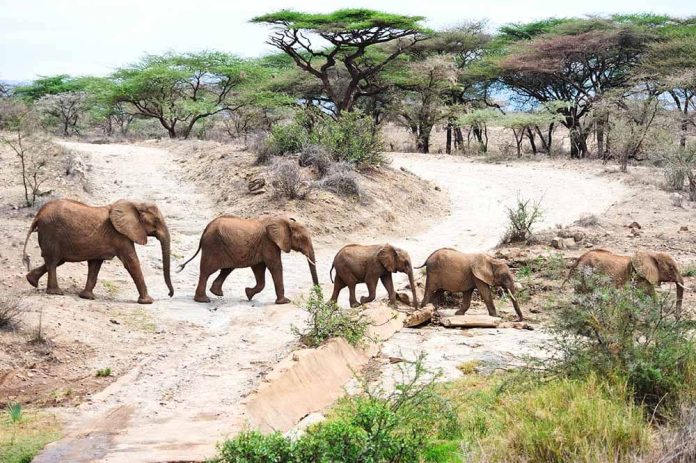By Peter Elias, @peterelias91
Katavi. A journey of 1,513 kilometers from Dar es Salaam takes me to Katavi National Park–the home to thousands of animals in the Katavi region located in western Tanzania.
Being the third largest park in Tanzania, Katavi, with an area of 4,471 square kilometers, is popularly known for having more than 5,400 hippos and some animals in the big five.
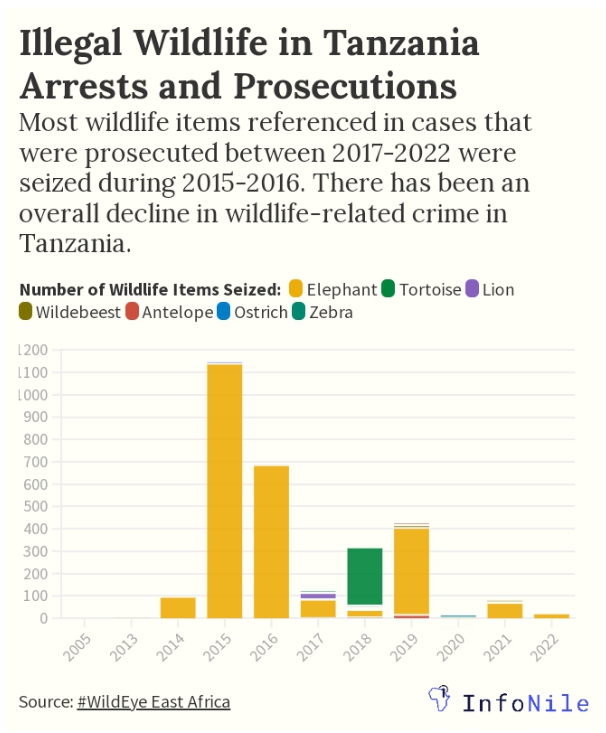
Unlike many other parks, it has a unique history of its origin and is also featured by many rivers and lakes which supply water to support wildlife.
The park hosts more than 100,000 wild animals like lions, leopards, elephants, hippos, crocodiles, antelopes, buffaloes, giraffes and zebras. Also, Katavi is the home to more than 450 bird species, ranging from turkey sized group hornbill to the tiny sun birds.
These treasures make it a tourism destination, local people and foreigners have been visiting the park to see the variant animals, especially the hippos which make it unique before others.
Francis Konde, acting head of Katavi National Park, says they receive 3,800 tourists per year. He says the number was reduced in 2020 because of Covid-19 restrictions but it is on the rise again in 2021.
“Most of the people visiting the park are Tanzanians followed by people from the USA, Germany, France and Belgium. This is because the park is close to Rwanda, Burundi and Democratic Republic of Congo (DRC),” he says.
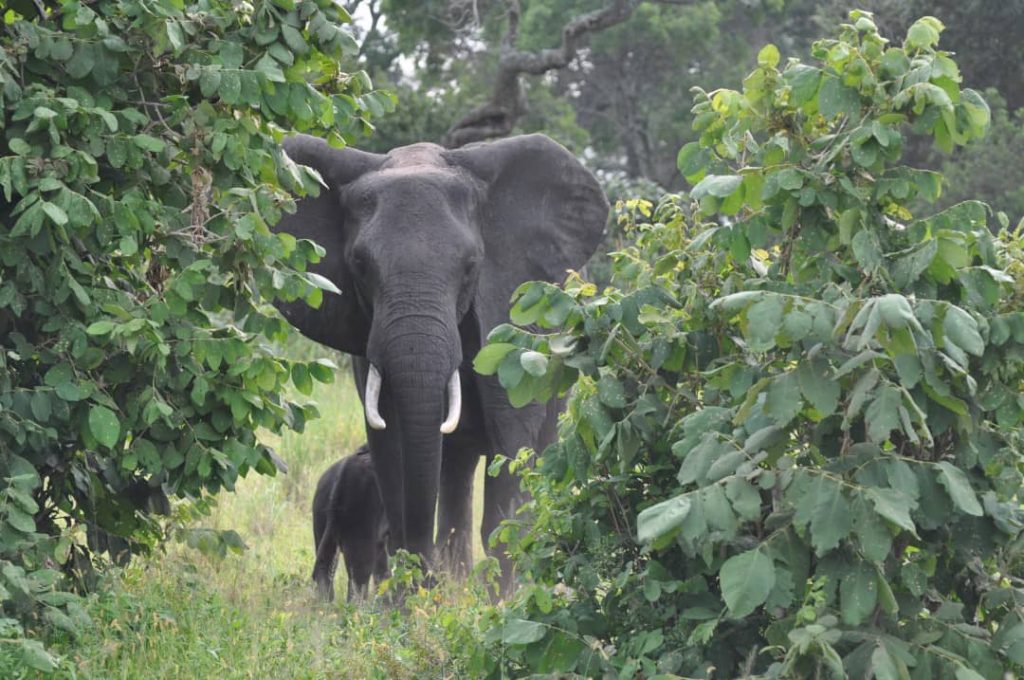
In Katavi, like other protected areas, wildlife poaching is a serious challenge. This is because the park has no fence; therefore, any person can easily enter and kill animals if he is lucky enough to walk out uncaught.
According to the African Wildlife Foundation (AWF) website, more elephants are dying from poaching than from natural causes or conflict with humans.
Their body parts are traded illegally as trophies, traditional medicine, or trinkets on a lucrative black market — but these iconic pachyderms are not the only wildlife species to be slaughtered for human gain.
Big cats like the lion and cheetah are killed for their bones; the African wild dog and other large carnivores die at the hands of villagers protecting their livestock.
“We often arrest and bring them to justice so that the law takes its course. But we urge the people to stop such acts as we are well prepared and anyone who enters the park for criminal acts, will be arrested and taken to court,” says Mr. Konde.
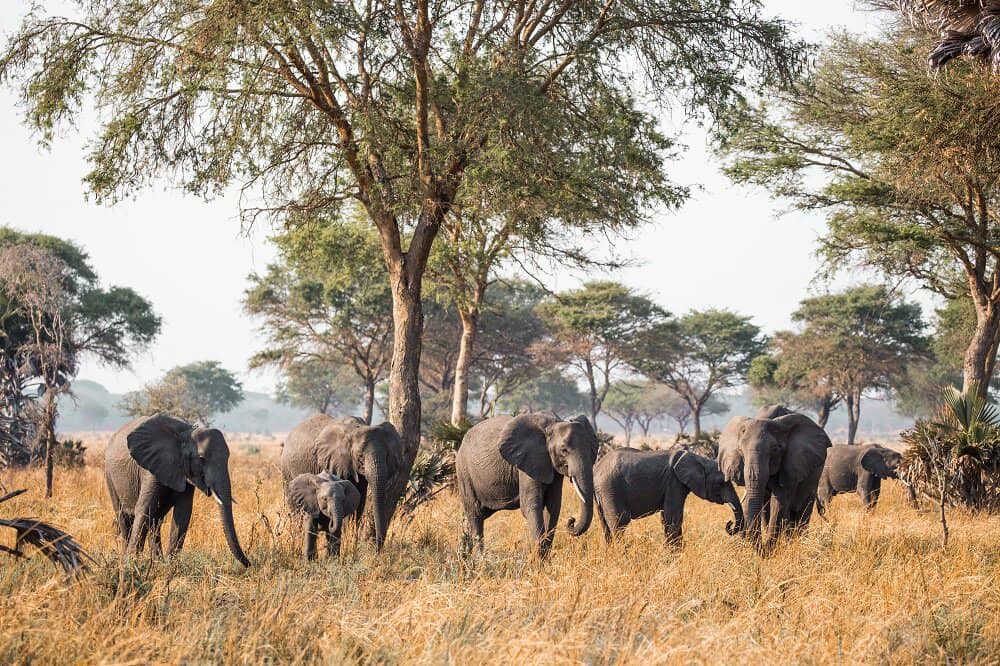
Mr. Konde reveals that the presence of markets for elephant tusks and other trophies in Asian countries like China and Thailand, contribute significantly to poaching. However, he says the park has improved surveillance together with participation of the local people in conservation activities, which has helped reduce wildlife trafficking in recent years.
He adds that they are building new roads to increase access to some parts of the park. Also, he notes that they have additional rangers with more vehicles that will enable them to increase efficiency in wildlife protection.
The park plans to establish participatory protection groups by June whereby citizens themselves will form such groups that will assist in the protection of wildlife and other natural resources. They are ready to volunteer because they benefit from the park, which supplies water to them and has given them a health center and hostel for their children.
“The citizens are fully involved in protection activities, and we get information from them about the poachers. This shows that they are also interested in natural resource conservation activities for the benefit of all,” says Mr Konde.
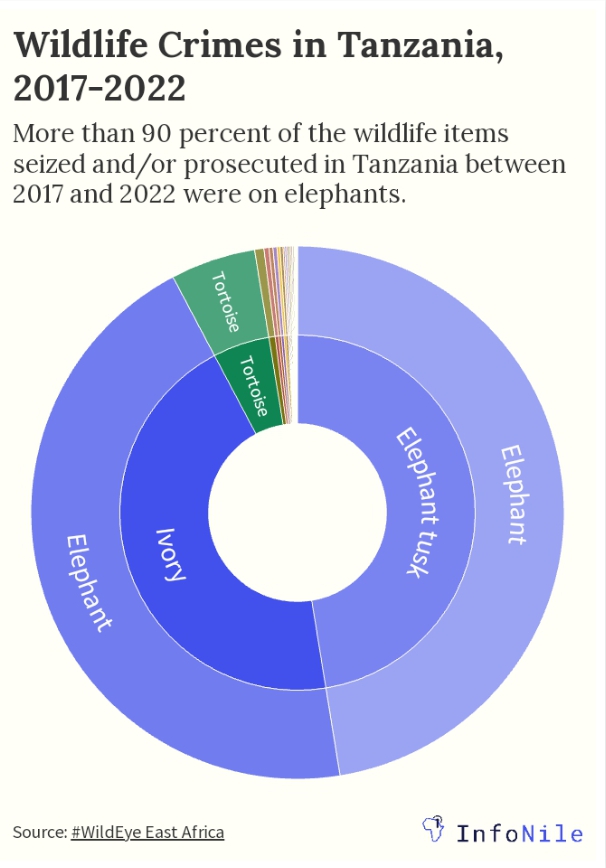
AWF Director, Counter Wildlife Trafficking Program, Ms Didi Wamukoya says efforts to fight elephant poaching have borne fruit because illegal killings of elephants for ivory in Africa has been on a steady decline since 2011.
Ms Wamukoya notes that the elephant population in Tanzania has been steadily increasing from 43,000 in 2014 to 60,000 in 2019, according to the Tanzania Wildlife Census Report of 2019.
Ms Wamukoya says there has actually been a decline of seizures in trophies in Tanzania. She adds that the seizures may be frequent due to enhanced enforcement and the creation of the National Taskforce on Anti-Poaching (NTAP) in 2016, which is an inter-agency forum to help combat wildlife crime.
“Wildlife trafficking, specifically in elephant ivory, is run by international trafficking networks. Tanzanian law enforcers have identified trafficking rings consisting of Tanzanians, West African and Chinese nationals.
“It is difficult to identify and disrupt trafficking rings due to the transnational nature of their operations and the fluidity of their operations. These rings can quickly switch from trafficking ivory to trafficking timber or firearms or any other contraband when they know that law enforcers are on the lookout for a specific product,” Ms Wamukoya says.
Tanzania Wildlife Management Authority (TAWA) was established in 2014 with the aim of conducting anti-poaching patrols in and outside Game Reserves and Game Control Areas.
According to information on their website, since the inception of TAWA up to September 2016, a total of 69,278 patrols were conducted in and outside Game Reserves and Game Controlled Areas that lead to the arrest of 1,563 poachers.
On the other confiscated items are 90 pieces of elephant tusks weighing 376.33 kilograms, 29,529.5 kilograms of bush meat of different species, 141 firearms and 278 ammunition of different calibers.
TAWA also maintains a canine unit that helps in the inspection of wildlife products at Julius Nyerere International Airport and Dar es Salaam seaport.
A strong legal response
Ms Wamukoya notes that Tanzania’s decline in elephant poaching and trafficking can be attributed to its law enforcement efforts in dismantling some of these rings including the Ivory Queen (Ms Yang Fenglan) and Shetani’s (Mr. Boniface Malyango) trafficking networks that ferry ivory to Asia.
She attributes international cooperation as key in combating wildlife poaching and trafficking as the crime is transnational in nature.
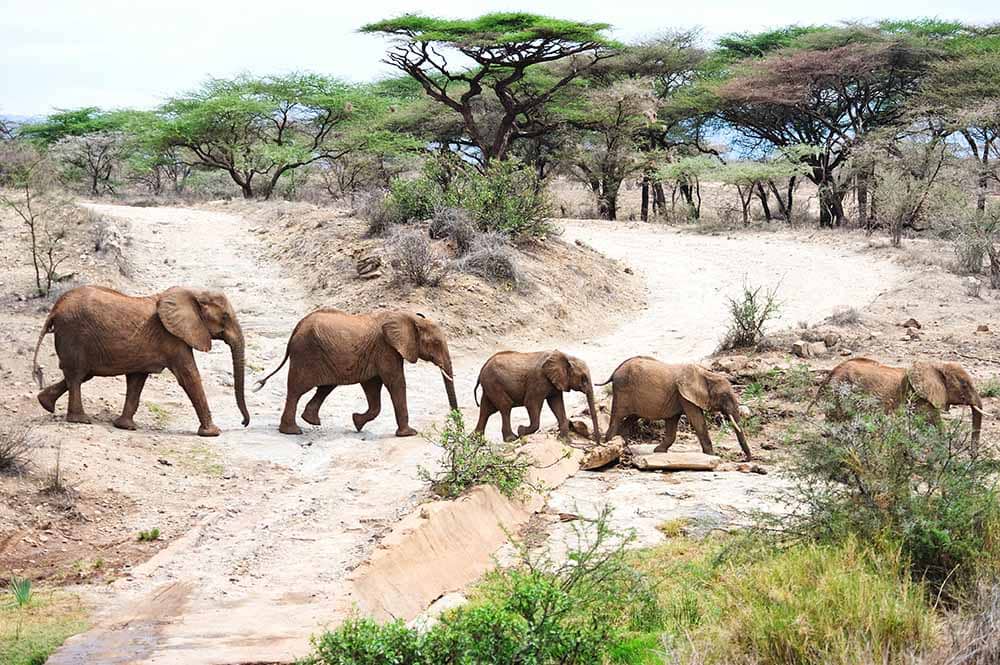
Also, she says demand has also to be addressed and efforts made to sensitize and reduce demand in destination countries. In addition, having strong deterrent legislation in place is key. Tanzania treats wildlife crimes as economic crimes that carry deterrent penalties including 30 years imprisonment, life sentence, fine payment or both.
Director of Wildlife from the Ministry of Natural Resources and Tourism, Dr Maurus Msuha says the increase in the number of elephants is attributed to good systems of security in conservation areas.
“We have militarized our operations. Also we have another system involving other institutions; therefore, we are good in the protection of wildlife,” Dr Msuha says.
He adds that most of the ivory found in seizures recently tends to be six or seven years old, indicating that poaching is highly reduced compared to the years before 2014, when hundreds of elephants were killed every year.
Dr Msuha notes that the same is done to protect rhinos, and their number is also increasing ahead of the targets.
“We have a five year strategy for 2019 – 2023. So, we are on the right track and our plan was to ensure that the number of rhinos is increasing by five percent per year but have surpassed the target as we are moving,” he says.
Poaching, a persisting problem
Despite the efforts made by the government and other stakeholders to stop wildlife poaching, it is still persisting. There are cartels that use the local people, game rangers and businessmen to obtain the ivory from the park.
A game ranger in Katavi Park who did not want to disclose his name for security reasons, says there are fellows who help the poachers in killing elephants and sell ivory to the black market.
“Among ourselves, there are dishonest people who collude with the villagers or businessmen to kill our elephants. This is not acceptable, they failed us in this war,” says a game ranger in Katavi National Park.
Mr. Ibrahim Makusa, a resident in Stalike village in Mpanda district, says they are aware of the importance of protecting the park, but some villagers have been taking part in killing the animals to obtain the ivories.
“Some villagers were caught red handed with ivories; their case is still on progress. They undermine our efforts to protect the park because we benefit from this park; it has built a school for us, it has supplied water to our village,” says Mr. Makusa.
Msuha says that there is still a black market in Asian countries like Vietnam, Malaysia and others in East Asia where people believe that owning ornaments made of ivory is a sign of wealth.
Support for development and production of this story came from InfoNile, in partnership with Oxpeckers Investigative Environmental Journalism, with funding from the Earth Journalism Network. Data visualizations by Ruth Mwizeere and Annika McGinnis / InfoNile.


